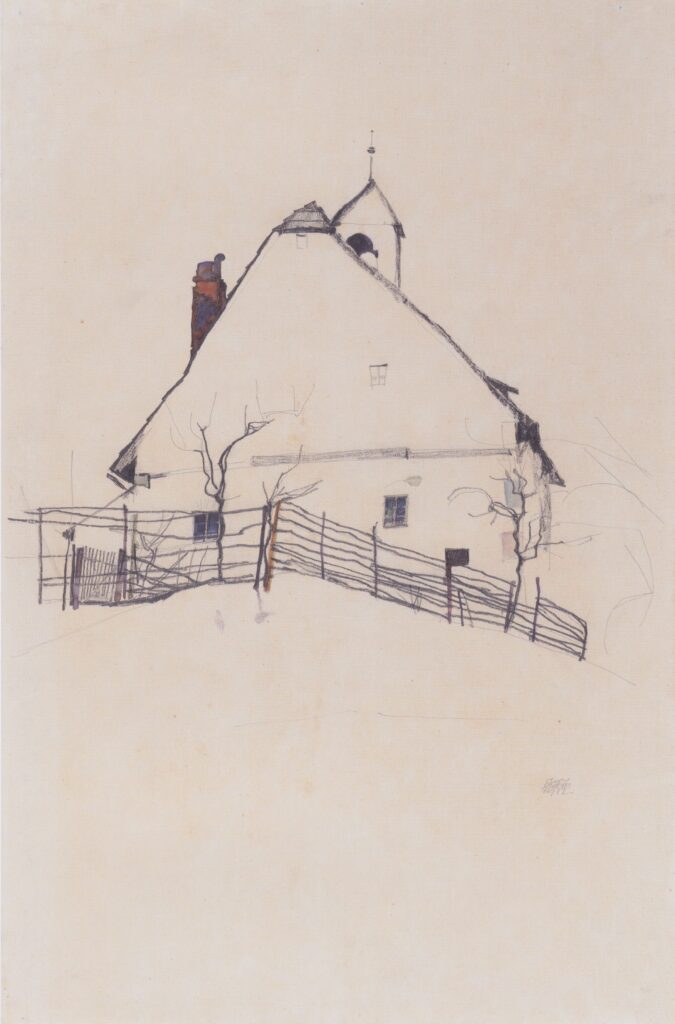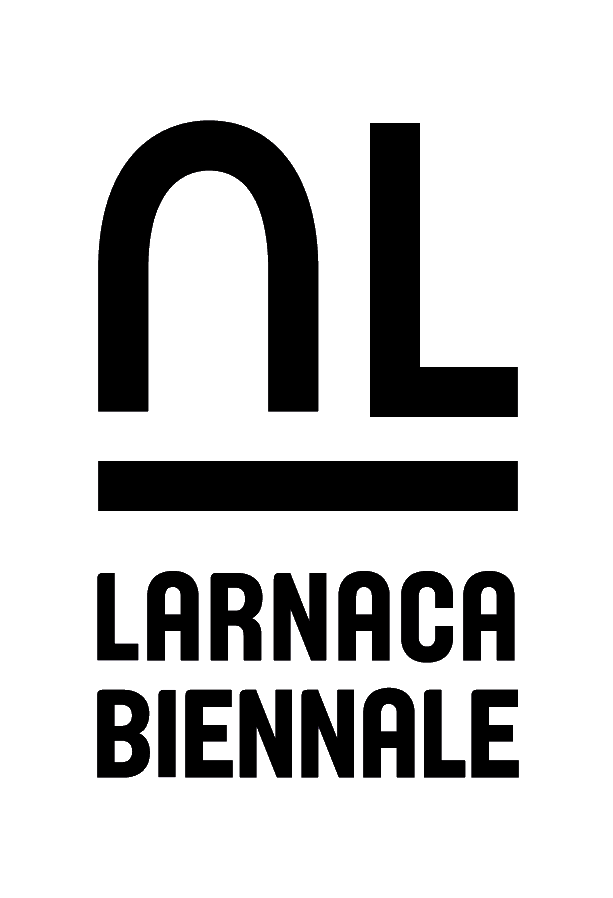We are glad to present an interview with Vassilis Vassiliades, the Artistic Director of the Larnaca Biennale. Vassilis graduated from the Pietro Vannucci Academy of Fine Arts in Perugia, Italy, in 1996, with a degree in Painting. He curated the first two editions of the Larnaca Biennale in 2018 and 2021. In this interview, he shares his long-term vision for the Larnaca Biennale, its impact on the art world and trends in contemporary art, and more.
What is your long-term vision for the Larnaca Biennale?
My vision for the Larnaca Biennale is for it to become an institution that never stops growing. I would like to see the Biennale enter into a permanent collaboration with the Cyprus state and Larnaca’s local authorities, securing substantial support from both. It would be great to see the Biennale have its own private premises, where events could run throughout the year, actively engaging all citizens. Gradually expanding its collaborations to include more players in the Cypriot society and neighboring countries, the Biennale is a dynamic international art event that is perfectly fit to become a regional point of reference for art in the Eastern Mediterranean and the Middle East. This endeavor is already underway. In an area troubled by war and long conflict, at the easternmost edge of Europe, marked by the largest concentration of national armies in the world, an art event may seem like a paradox. But in actual fact, it can serve as an intellectual counterbalance to ugliness, despair, and degradation.
How do you see the Larnaca Biennale and similar events evolving in the coming years, and what impact do you think they have on the art world as a whole?
The very nature of these events brings local societies closer to art, in the sense that citizens come to embrace them as genuinely ‘theirs’. Art events offer one of the few remaining chances to bring society and art closer together. At the same time, they are an occasion for artists from all over the world to meet and interact, and they also pave the way for future artistic synergies, motivating people to create. Events like the Biennale maintain the character of the host city, and in the course of their actions, they take on a very special, one-of-a-kind global identity.
Could you discuss a particularly memorable artwork or exhibition that you have seen in the past and what made it stand out to you?
The other day, I stumbled upon a photograph of a landscape by Egon Schiele. While Schiele is known for his now-famous skeletal and sensual nudes, this drawing depicted a house with a chimney, a fence, and a tree. It immediately set in motion a mechanism of chained emotions within me, something I hadn’t experienced for a while. The artwork balanced delicately between scarce, fragile lines and a few remnants of color, leaving the viewer unsure if color was gradually appearing on the paper or vanishing. Schiele’s noted broken lines appeared to scratch the white surface like an invisible seismograph, sometimes describing the profile of a roof tile and other times the lintel of a barely discernible window or the tree’s dried branches. Overall, it was the sensual yet frail whisper of a quick drawing, which, despite bordering on automatism, exuded a deep consciousness and the artist’s disarming familiarity with his medium. As I looked at it, my eyes and mind alternated places within a vicious circle, and at the end of each round, I felt like I was looking at the artwork with a fresh pair of eyes – setting out on a new journey, so to speak. It was delightful to realize that the sensuality of Schiele’s work is not dependent on his chosen themes but on the way he sees and depicts the world around him.

How do you see the role of art in society, and what responsibility do artists and curators have in shaping cultural discourse?
Art has to take a responsible stand against society and itself – and by “itself” I mean the history of art. To achieve this, it must remain at the service of beauty. This is not a question of aesthetics but one of morality and quality. I am convinced that only the beauty of Art can save us. Artists must remain devoted to their creative work and curators must go on telling the artists’ story, weaving the fishing net of the art that fishes for souls.
In your opinion, what are some of the current trends or themes that are prevalent in contemporary art today?
I’m afraid that contemporary art is almost exclusively engaged with activism. Works of art turn into vehicles for social commentary, an “artistic” reaction to humanity’s contemporary problems. More and more artworks are taking the form of one-off participatory actions, at best leaving behind nothing but a recording and scraps of evidence of an investigation. The object as a work of art is gradually fading or becoming less relevant, which risks undermining the physical relation between work and viewer, a relationship that for centuries elevated the work of art to an object of desire, a fetish. Contemporary art risks becoming disembodied, with an apparent tendency to sacrifice the object at the altar of an idea.
What advice would you give to emerging artists who are submitting their work for consideration in the Larnaca Biennale 2023?
The Larnaca Biennale is a relatively new art institution that is open to all artists, regardless of age, origin, education, or art medium. The selection is carried out anonymously by an international five-member committee to ensure that the main selection criteria are the artistic quality of the proposition and its relevance to the event’s theme. Therefore, my advice to artists submitting an application is to focus specifically on these two aspects.
